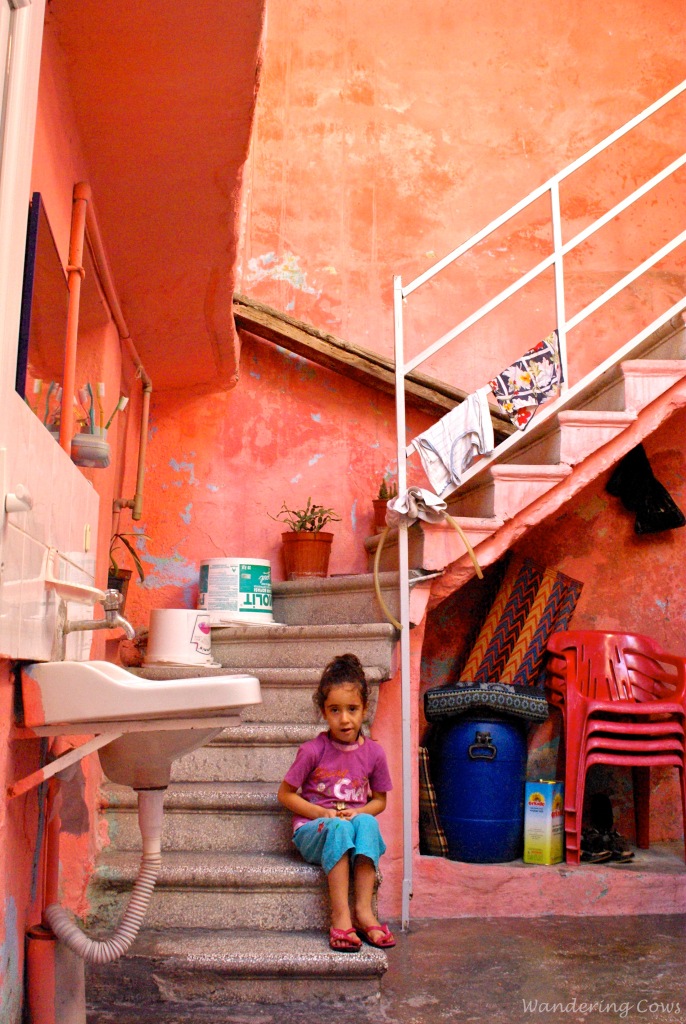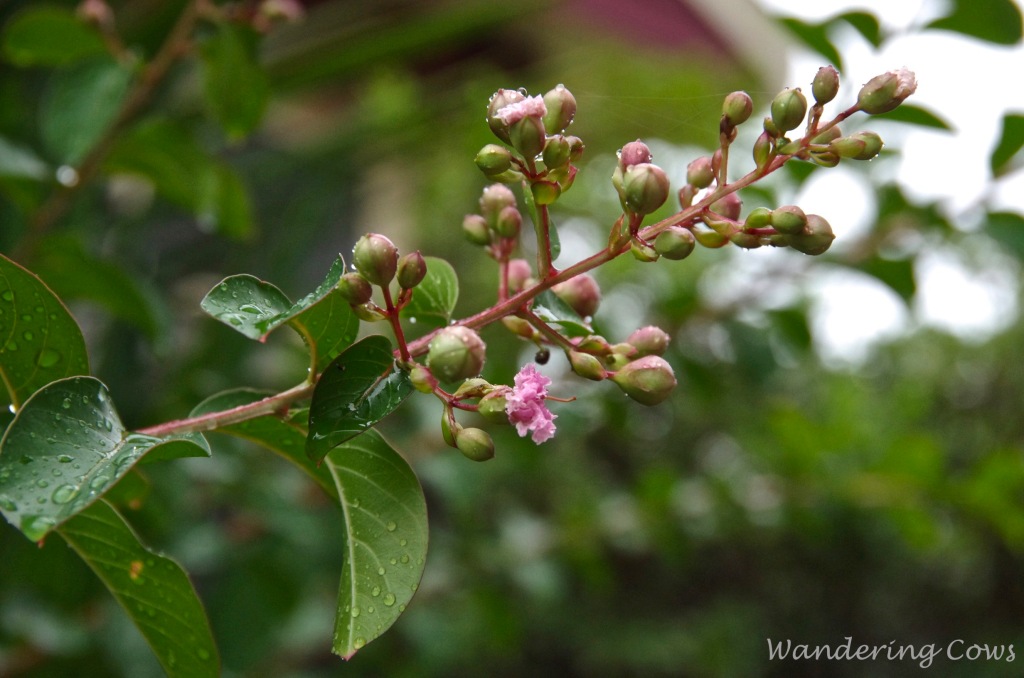It’s instructive to look back at your old snaps and learn from them. I reviewed at a set of people images I took from my first Turkey photography trip.
They’re serviceable, but they would’ve been much better pictures if I hadn’t I zoomed in, lopping off the top of heads. I seem to have had a tendency to get in for the portrait without noticing much else around. Apart from the man reading the book and the shop girl at the doorway, the images don’t have much in the way of context. Even in those two, I could’ve stood back a bit further. I haven’t given you much in the way of a story … although the Lollipop Boy’s story is pretty self-evident ! He would’ve benefited from more of the wonderful wall texture in the background. I needed to give him more space.
So, my lesson here is to remember to stand back and look at what else is around. Have you learnt any lessons from your own pictures?
~ Spotted Cow





























































You must be logged in to post a comment.